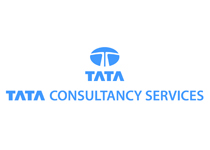Technical / White Paper
Cost To Serve

To mitigate the impact of VUCA and thrive in such an environment, CPG companies must strengthen their financial monitoring capabilities. This will enable them to reduce costs and improve profit margins. However, this is possible only if an organization has accurate insights into costs and is able to monitor it very closely.
CPG companies should develop better cost management capabilities to survive and thrive in the new environment. One such capability is the measurement of cost to serve. Cost to serve helps CPG companies arrive at the total cost incurred in all the activities performed in selling a product to a customer. It involves categorizing customers according to various priority or value criteria for better management of costs.
A CPG company does not necessarily earn the same profit margin from every customer, even if each customer buys the same product at the same price. Various factors such as distance, method of shipping, trade promotion cost, as well as returns policies and payment terms, must be taken into consideration while calculating the cost to serve a particular customer.
Cost-to-Serve (CTS) Analysis offers a comprehensive cost and profitability management solution. It helps understand customer-wise 'cost to serve' for a particular product or product category across various cost dimensions including procurement, manufacturing, distribution, logistics (inbound and outbound), and sales. The analysis can lead to significant improvements in customer management, product management and profitability management—in turn leading to improvements to the bottom line.
Cost-to-serve calculations are intended to accurately assess the profitability of a product for each individual customer. The CTS model incorporates all activities necessary to complete the customer delivery and collect product revenue, and takes into consideration how each major supply chain activity affects the complete end-to-end cost to serve a customer.

